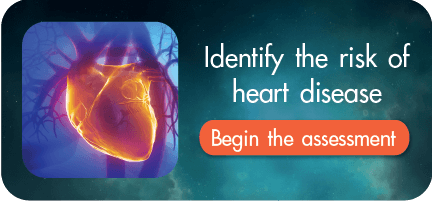1. Pneumothorax: Patients suffering from this condition may also feel a tightness in the chest, but this tightness is usually obvious in affecting either the left or right side of the chest. Another symptom is a constantly decreasing breathing volume that gets worse over time. This condition requires immediate medical attention as well, since it can lead to respiratory failure.
2. GERD (gastroesophageal reflux disease): Patients with this condition may feel a burning sensation from the bottom of the sternum up to the center of the chest. For some patients, this burning can also be felt in the throat. When sufferers eat too much or lay down after eating a meal, the symptoms tend to flare up and they may feel breathless as well. However, the symptoms may be relieved somewhat when walking around. The symptoms may go away completely once appropriate medication has been taken. GERD is a non-fatal condition, but due to the symptoms being so similar to those of a heart attack, sufferers should visit their doctors to undergo an assessment to diagnose and plan treatment for the condition.
3. Costochondritis: This condition causes pain in the chest that may affect either the right- or left-hand side. Costochondritis also tends to include shooting, stabbing pains affecting the walls of the chest. It is usually obvious where the pain is coming from, and the symptoms often occur when the patient changes position. Some patients experience extreme pain when breathing, due to the movements of the rib cage. When sitting down to rest, the symptoms are usually relieved. If there is only a short period of chest pain which improves after five or so minutes, no medical treatment is necessary. However, if the pain lasts for 20 minutes or more without relief, it is necessary to visit a doctor for an accurate diagnosis.
4. Pulmonary embolism: Some refer to this condition as the “economy class syndrome”, owing to the fact that it tends to affect those who travel great distances without moving from their seat for hours at a time. Dehydration also plays a part in causing pulmonary embolisms, as it causes the blood to thicken and a blood clot to form in a leg. This blood clot is then transported to the patient’s lungs, causing the patient to feel exhausted, experience difficulty breathing and suffer chest pain similar to that which occurs during a heart attack. However, while this pain doesn’t spread to other parts of the body, in extreme cases the condition can be fatal.
5. Hyperventilation syndrome: A syndrome that causes patients to breathe erratically, hyperventilation syndrome is linked to a patient’s mental state. As the patient breathes faster, it causes acid abnormalities in the bloodstream, which then leads to tightness in the chest, breathing difficulty and a feeling of spasm or numbness throughout the body. The more the patient tries to correct the breathing by taking an increasing number of breaths, the worse the condition becomes. This condition commonly affects teenagers who are going through periods of stress and pressure. First aid can be administered by advising patients to lay still on the floor, relax and breathe as slowly as they normally would. The symptoms should then improve after around 5–10 minutes. However, if they do not get any better, the patient should be transferred to hospital to receive the appropriate treatment.
Complete a risk assessment for genetic conditions at:

Reference Heart


